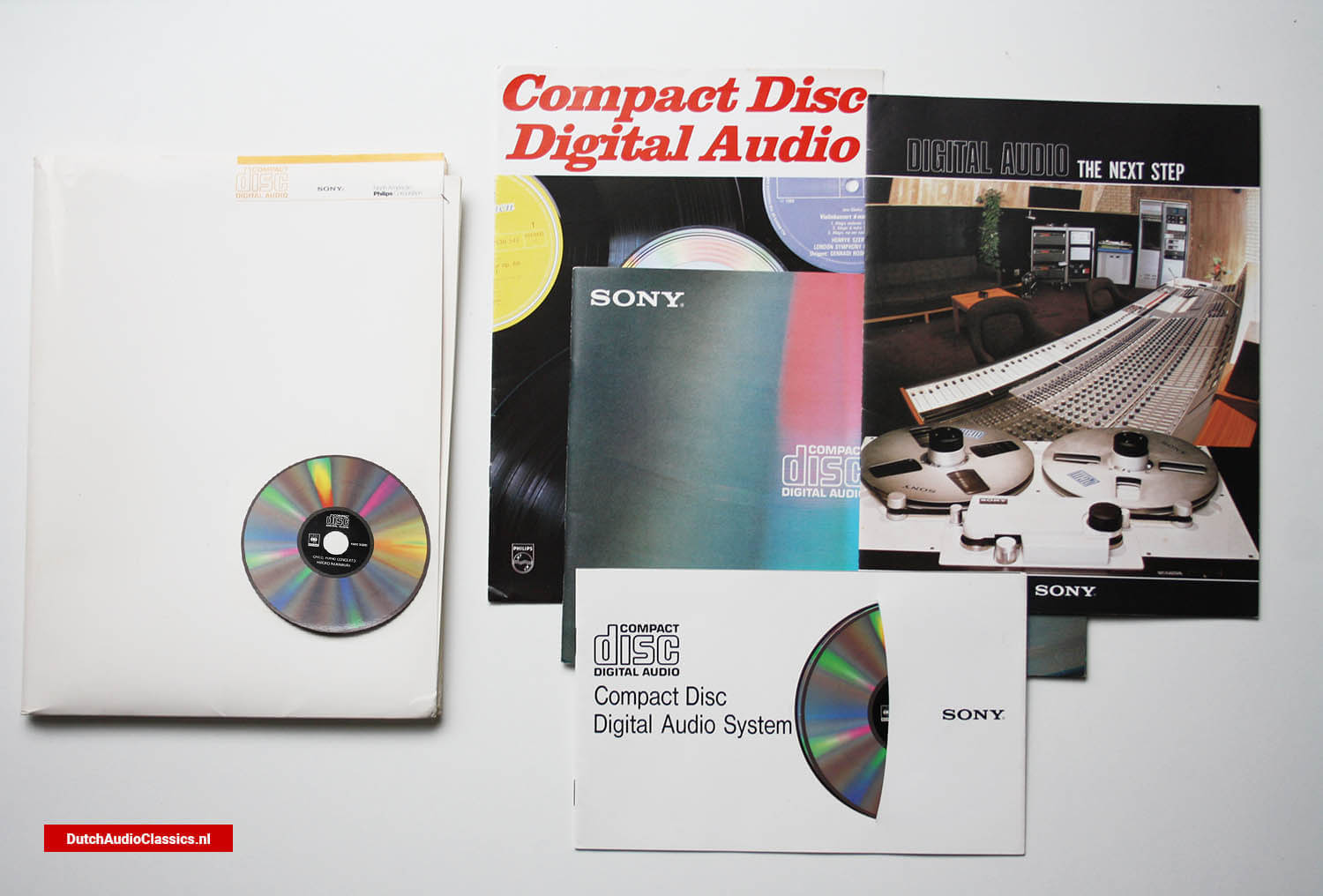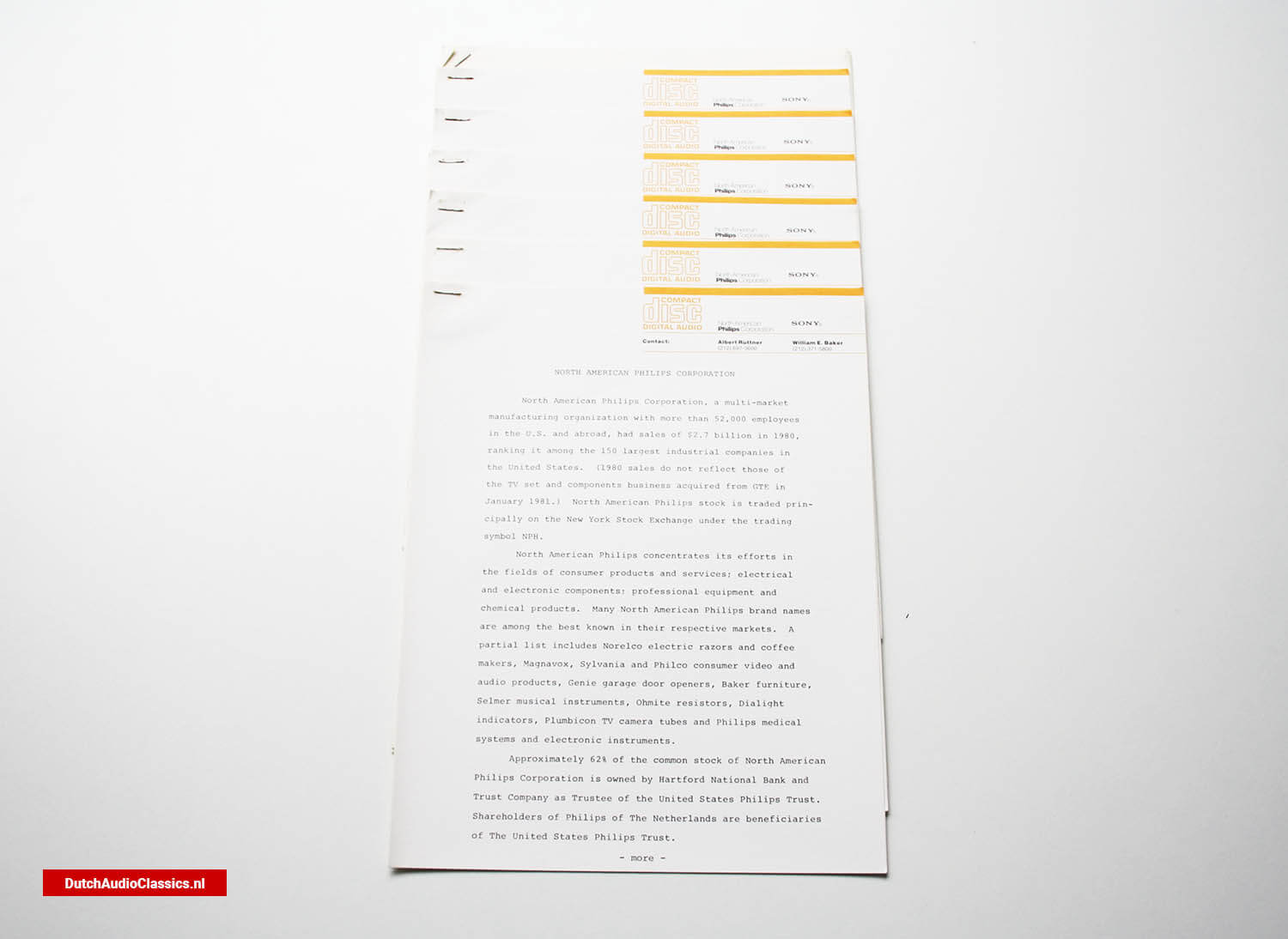The digital revolution is already underway, gradually changing recording techniques and adding a new measure to the public's enjoyment of recorded sound. To a large extent, the transition to digital from analog has been implemented in the recording of master tapes in studios around the world. With the introduction of Compact Disc, the benefits of digital technology are extended to include playback in the home, revealing for listeners a degree of realism that has been long sought but never before attained.
Conventional Analog Recording (Diagram 1)
In conventional analog recordings, as the musicians play, the sound signals are picked up by microphones (where they are converted to varying electrical energy) and trans- mitted to a mixing console and thence to a multi-channel tape recorder. At the console, the engineer regulates and Controls the signals from individual instruments or groups of instruments to achieve the desired sound balance for live presence and realism. These separate tracks, often as many as 16 or 32, later are mixed-down — usually with further manipulation — to obtain two tracks in left-and right-channel stereo. The resulting "master tape" is then used to produce the wavy groove in the "master disc" on a lacquer-cutting machine and from this master many stampers are made.
Up to the tape mastering stage, digital technology is generally thought to provide only marginal improvements in the quality of the sound. In fact, many experts feel that in the recording, mixing and mastering stages digital technology has no discernable effect on sound quality.
The digital influence, however, becomes clearly evident during such further processing steps as copying, multitrack re-mixing and editing — all of which take place long after the original recording session. At these steps, digital technology provides noticeable improvements in sound quality through complete elimination of noise, distortion, echo, wow and flutter. Digital technology also prevents Progressive losses in succeeding sound generations when copying and re-mixing. When digital audio is employed in recording and processing, the sound quality attained in the resulting analog records then depends solely on the degree of sophistication in manufacture of the disc.The First Step: Digital Recording and Processing (Diagram 2)
At the present state of the art in recording technology, digitalization for the production of Compact Disc has been implemented from the digital multi-channel recorder to the digital cutting machine with the only gaps at present being at the mixing consoles. This almost unbroken Chain of digital apparatus is in regular use on the professional level. This, with the development of opto-digital recording machinery for the production of masters, paved the way for the CD System.
Tomorrow — Complete Digitalization (Diagram 3)
By 1986, it is expected that all stages in the recording and processing of the CD masters will have been digitalized. The only remaining analog stages will be the conversion of physical sound energy to electrical at the microphone and the reconversion of electrical to physical energy at the loudspeakers. As a result, the listener at home will hear an exact and unblemished duplicate of what the artists originally recorded at the studio — just as if listener and musicians were in the same room.
One further benefit: Even existing analog recordings, long stored in the archives, can be processed digitally to deliver the clarity and realism of the original.






 Philips/Sony press kit 27 May 1981 New York
Philips/Sony press kit 27 May 1981 New York